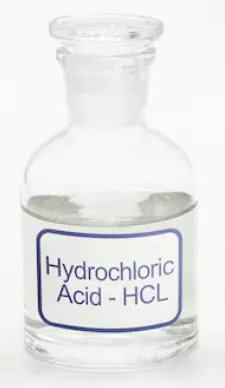Glacial Acetic Acid (Food) - India
|
IUPAC Name |
: Acetic Acid |
|
Cas Number |
: 64-19-7 |
|
HS Code |
: 2915.21.00 |
|
Formula |
: CH3COOH |
Basic Info
|
Appearance Name |
: Clear Colorless Liquid |
|
Common Names |
: Ethanoic Acid, Ethylic Acid, Vinegar Acid |
|
Packaging |
: 35 kg/HDMPE carboys |



-starch.webp)

---india.webp)
